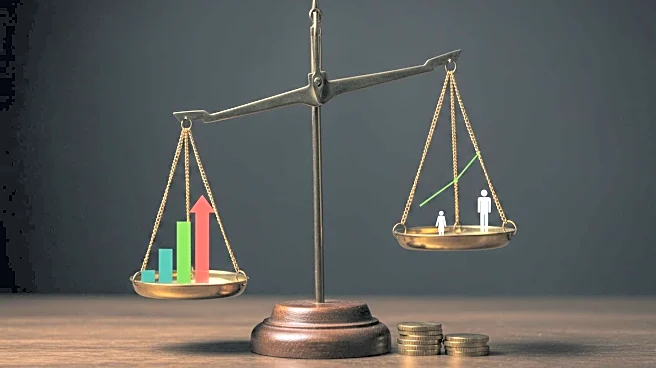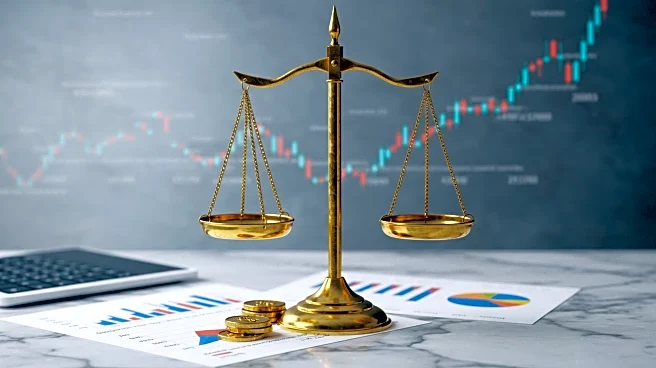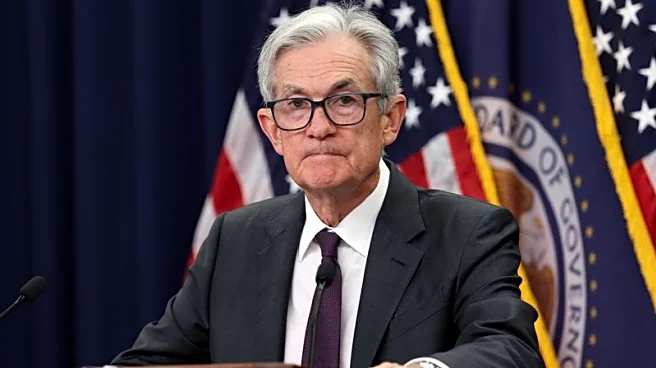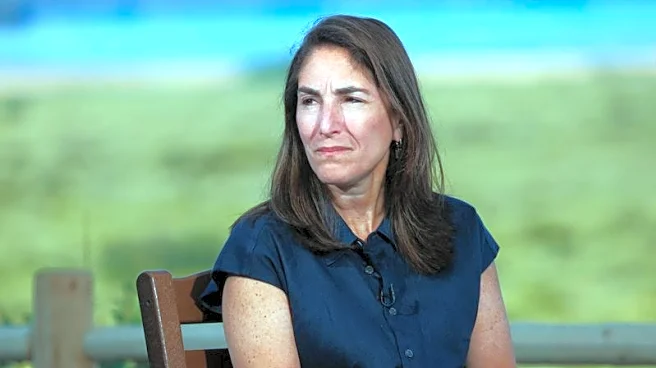What's Happening?
Federal Reserve officials have expressed skepticism about a potential interest rate cut in September, despite market expectations. Cleveland Fed President Beth Hammack, Kansas City Fed President Jeffrey Schmid, and Atlanta Fed President Raphael Bostic have all indicated that current economic data does not strongly support a rate reduction. The central issue is the balance between signs of a weakening labor market and persistent inflation, which remains above the Fed's 2% target. The Trump administration's tariffs on imports are contributing to inflationary pressures, complicating the decision-making process for the Fed. Investors are closely watching Fed Chair Jerome Powell's upcoming speech at the Jackson Hole conference for indications of future monetary policy.
Why It's Important?
The potential rate cut is significant for the U.S. economy as it could influence borrowing costs, consumer spending, and business investment. A reduction in interest rates typically aims to stimulate economic activity, but with inflation already above target, the Fed faces a dilemma. The tariffs imposed by the Trump administration are expected to further increase prices, adding complexity to the Fed's decision. The outcome of this policy debate could impact financial markets, consumer prices, and overall economic growth. Stakeholders, including businesses and consumers, are keenly interested in how the Fed will navigate these challenges.
What's Next?
Fed Chair Jerome Powell's speech at the Jackson Hole conference is anticipated to provide more clarity on the Fed's stance regarding interest rates. Investors are looking for signals that could confirm or refute the likelihood of a rate cut in September. The Fed's decision will be influenced by ongoing economic data, including inflation trends and labor market conditions. The impact of tariffs on inflation will continue to be a critical factor in the Fed's policy considerations. The financial markets are expected to react to any new information provided by Powell, potentially leading to volatility.












